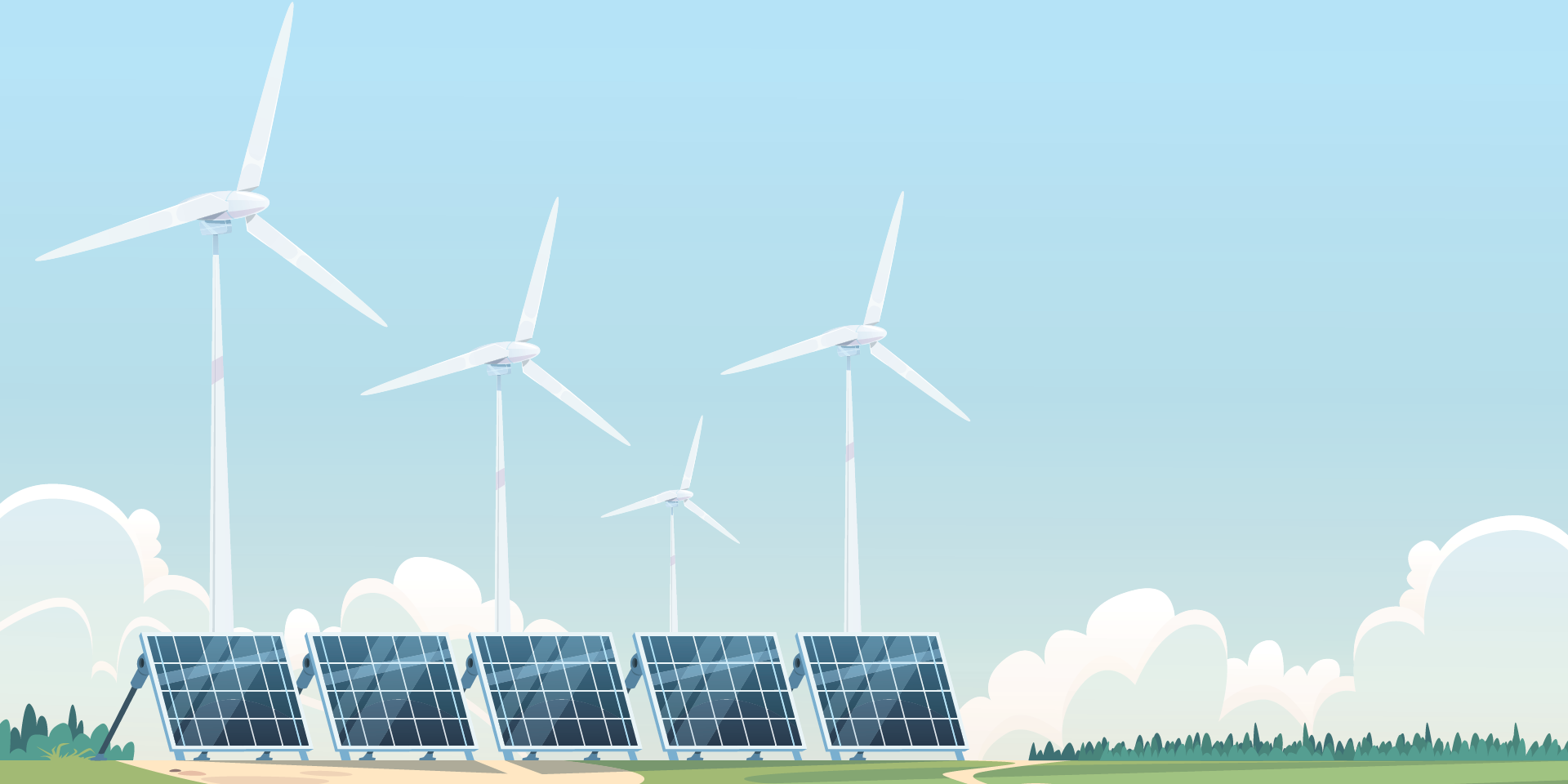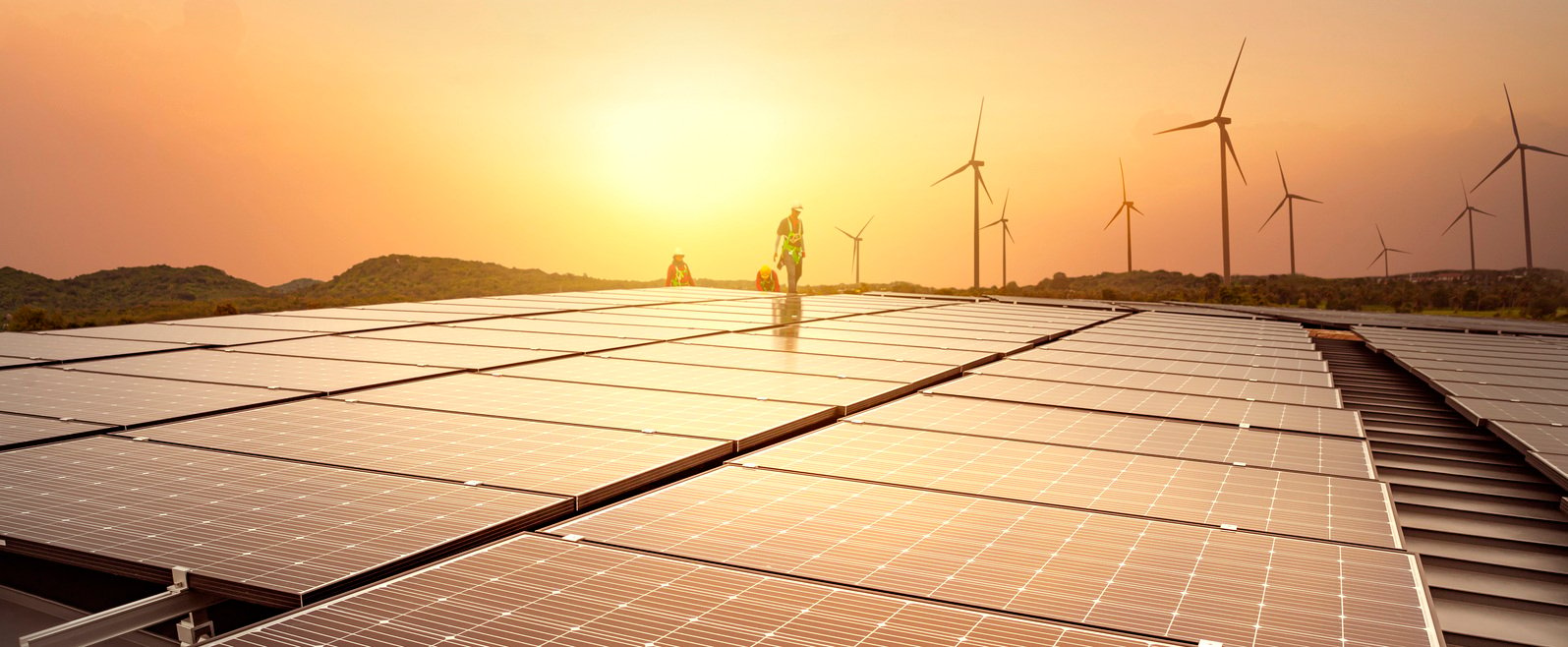
Stage 1: From Site Search to Smart Selection – How to Identify High-Impact Renewable Energy Projects
Before you can build renewable infrastructure, you need to identify where it will matter most. This first blog in our three-part series on renewable energy delivery focuses on opportunity identification. Drawing from our utility cost analysis insights, we explore how high energy prices, local policy, grid conditions, and on-the-ground realities converge to create truly high-impact renewable project opportunities.
The rising cost of energy isn’t just a concern for consumers—it’s a flashing signal for renewable energy developers. Our recent blog explored how utility costs vary dramatically across U.S. states. That same data offers more than just a snapshot of residential energy burdens—it reveals where the next big renewable energy projects could deliver the greatest value.
When energy is expensive, the demand for alternatives grows. And with accelerating federal and state-level incentives, the opportunity for developers is clearer than ever. But how do you pinpoint the regions and projects that promise strong ROI, manageable timelines, and real community impact?
Let’s break it down.
1. Start with the Cost Map: High Utility Bills = High Demand
The first and most obvious signal is to follow the money. High monthly utility costs often correlate with outdated infrastructure, volatile fuel sources, or limited local generation. That makes these areas prime candidates for solar, wind, and battery storage projects that offer price stability and energy independence.
Look at states like Hawaii, Connecticut, and California—among the highest energy costs nationwide. But don’t stop there. Also, consider fast-growing regions like Texas, Nevada, and Florida, where surging demand is pushing utilities to their limits. These geographies may not have the highest utility rates yet, but they’re under pressure—and increasingly open to distributed renewable solutions.
2. Evaluate Policy and Incentive Momentum
High costs alone don’t make a project viable. You need political and financial support. States with strong renewable portfolio standards (RPS), production tax credits, or streamlined permitting processes make it easier to launch projects quickly and at lower costs.
Some high-opportunity states combine all three:
- New Mexico offers aggressive clean energy targets and abundant solar potential
- New Jersey combines high energy prices with a robust community solar program
- Illinois is investing heavily in clean energy workforce development, reducing risk around labor availability
Use tools like the DSIRE database (Database of State Incentives for Renewables & Efficiency) to align cost signals with policy momentum.
3. Go Local: Regional Grid Pressure and Interconnection Opportunities
Zoom in further. High-impact projects don’t always happen at the state level—they’re often rooted in local grid needs. Look for areas where utilities are facing congestion, aging infrastructure, or capacity shortfalls. These locations often benefit most from distributed renewable energy that can reduce strain and defer expensive upgrades.
Regions undergoing population growth, electrification of transportation, or industrial expansion are especially worth watching. If interconnection points are accessible and timelines are manageable, you’ve found a strong candidate for a shovel-ready project.
4. Assess Site Viability Early
Of course, none of this matters if your site doesn’t pencil out. When evaluating a parcel, consider:
- Sunlight or wind availability (based on NREL or NOAA data)
- Proximity to substations or existing infrastructure
- Zoning and land use constraints
- Permitting timelines and requirements
- Environmental sensitivities or challenges
This is where tools like GIS-based planning and integrated project management come into play. They ensure that your best opportunity doesn’t become your biggest bottleneck.
5. Think Beyond Power: Look for Storage and Hybrid Potential
As utilities shift toward more distributed and renewable-heavy portfolios, the ability to offer flexible solutions is a major differentiator. Projects that include storage—or combine multiple assets like solar + wind + storage—are increasingly attractive. These can help offset peak loads, enable grid services, and improve the economics of projects in areas with time-of-use pricing or net metering caps.
In high-utility-cost regions, these hybrid solutions can provide even more value by smoothing out cost volatility and ensuring energy availability during peak demand.
6. Use Construction Efficiency as a Competitive Edge
Even the best opportunity can fall apart if your project drags on for months—or years—because of delays in planning, permitting, or construction. That’s why high impact doesn’t just mean high potential. It means a high delivery probability.
Project delivery speed and coordination are differentiators. Platforms like Vitruvi give renewable energy developers a head start by centralizing permitting, project planning, and construction execution—from early-stage feasibility to in-field crew coordination. When the pressure’s on to get shovel-ready fast, your tech stack can make or break your margin.
The Bottom Line: Layer Your Signals
High utility costs are a powerful first signal but are only the starting point. To identify truly high-impact renewable energy opportunities, layer additional signals: policy readiness, local grid need, viable land, hybrid potential, and your ability to execute quickly.
The opportunities are out there. The question is whether you're ready to move faster than the market.
Coming next in the series: Stage 2: From Planning to Permits – How to Set Your Renewable Project Up for Speed and Success
Want to see how Vitruvi can accelerate your site-to-shovel-ready timeline? Talk to us now.
Subscribe and stay up to date with the newest posts delivered right to your inbox!

